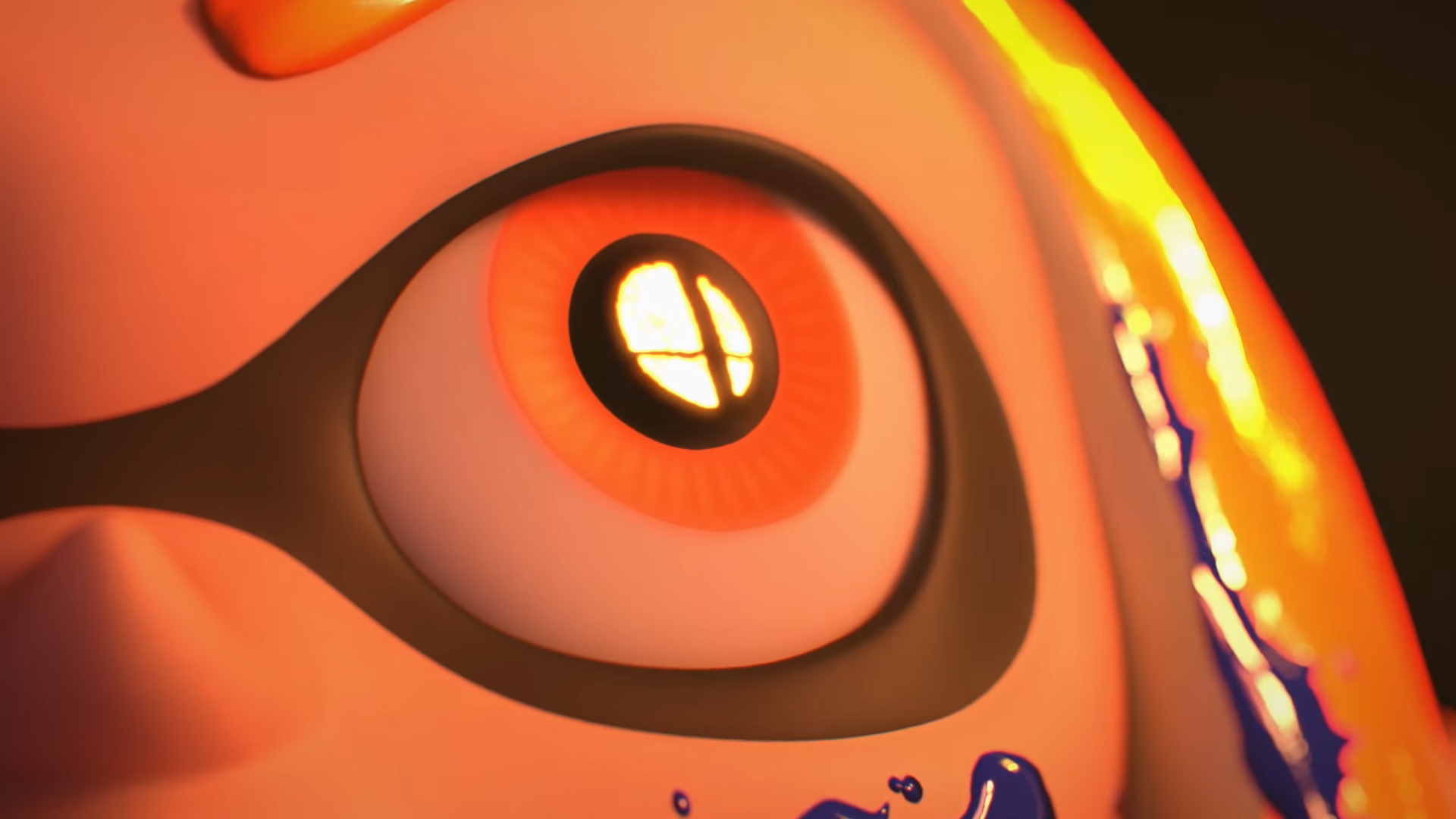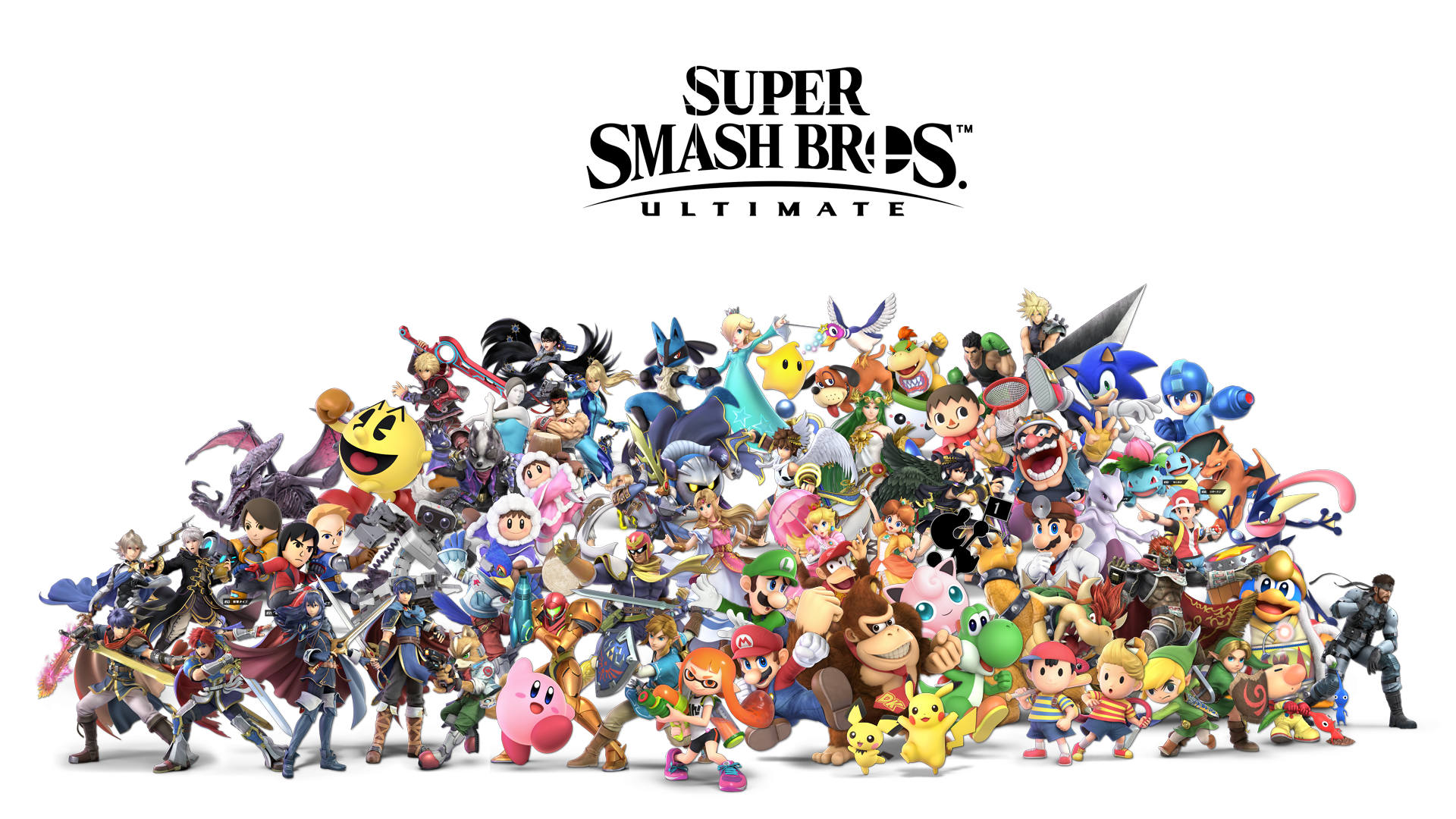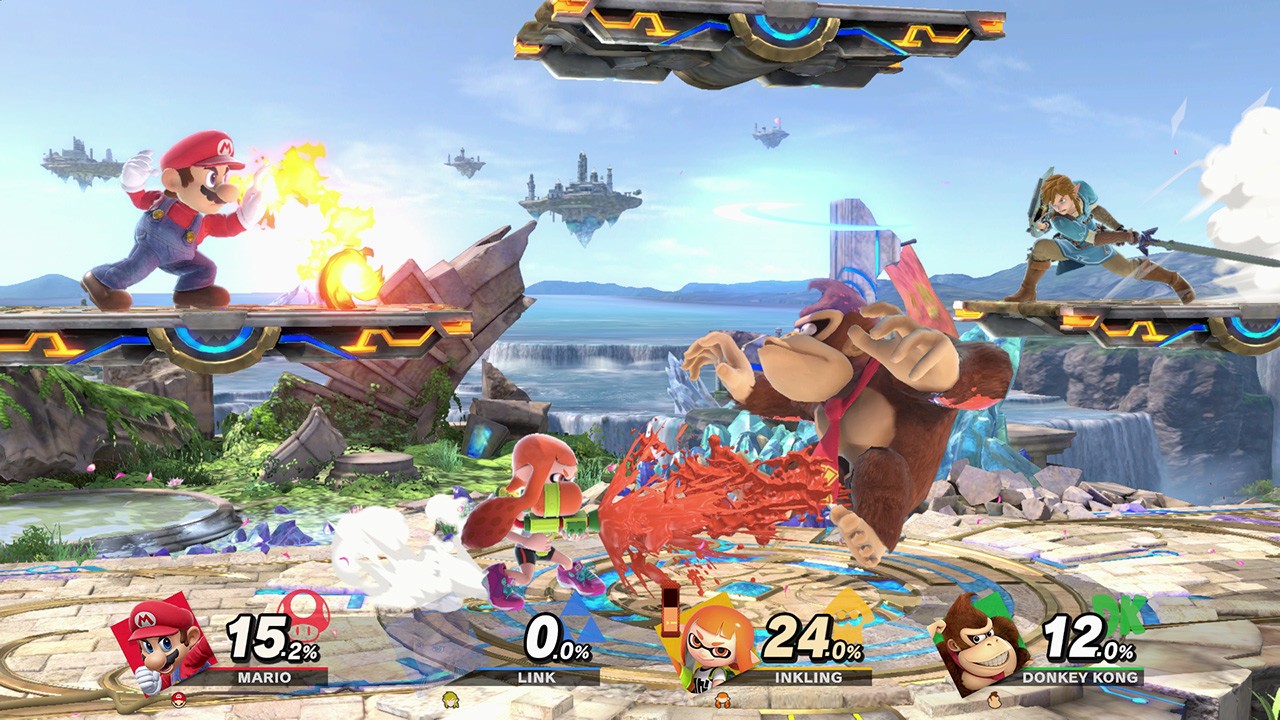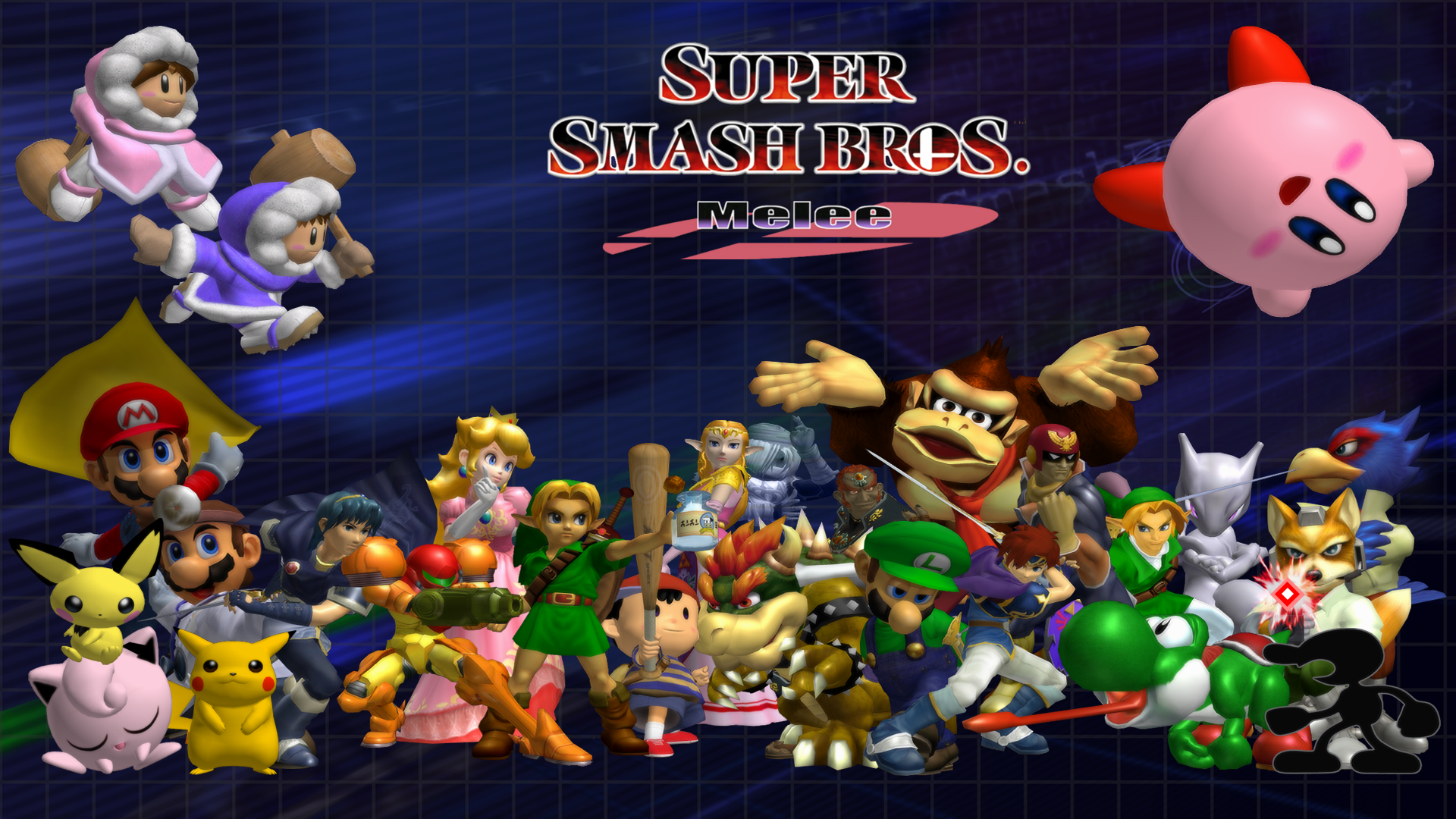
Let me preface this rant by stating that the reason I’m going to be so hard on the online functionality in Super Smash Bros. Ultimate is because the game is so promising. In many ways, Ultimate is a game that seems poised to appeal to the many sects of the Smash fandom. Like always, it’s a great party game, with the capability for eight-player play, tons of items, a large selection of different maps, and a massive roster. As far as fighting games go, there is nothing else out there with such straight-forward inputs. Just about anyone can pick up a controller and feel as though they are accomplishing something, a factor that shouldn’t be discounted.
But a certain weird set of individuals, myself included, have appreciated this odd jazzy offshoot of mainline fighting games for it’s more competitive elements. Despite being a nearly 17 year old game, Melee still boasts a large tournament friendly community. The title’s registration numbers at Evo, the most prestigious fighting game in the world, still rival that of contemporary games despite the large number of competent challengers being released every year. The other Smash games have also supported large competitive communities, and although Smash 4 competitive scene is essentially dead with the release of Ultimate, there is clearly still a clamor for these games to appeal to a more hardcore audience.

And although it is far too soon to tell how balanced Ultimate is, or how long its lifespan will be as a competitive game, its core mechanics are exciting. Several of the advanced techniques that made the movement options in Melee so interesting make a return here, albeit in a much more limited form. Dash-dancing is back, allowing quick movement in the neutral game. Wavedashing, the ability to airdash intro the ground to and remain in a neutral state, has also made its return. It doesn’t seem to have much of a practical application anymore, but perhaps clever players will find ways to utilize it.
Additionally, the general movement speed of characters in Ultimate feels quite fast and aerial attacks have gotten a buff with less landing lag. All of this points to a fighting game with a great deal of potential, one that evokes shades of Melee. And the one thing that any modern fighter is going to have over a 17-year-old game like Melee is online play, an important element of contemporary fighters that has made it possible to practice a large number of different matchups, and rapidly accrue a lot of experience that would have previously required going to the arcade or finding other people to play locally.

But in the case of Ultimate, a series of baffling decisions have made the game’s online functionality largely useless. Instead of being able to filter into the basic game types such as 1v1, Team Battles, or Free For All, you must create a preferred rule set. You then can attempt to match-make with your rule set, but in the vast majority of my matches, I was forced into Free For Alls that completely ignored my preferences. Unlike basically every other fighting game, you can’t choose whether or not you want to accept a match, and thus are forced into rule sets that you may never want to play. For some reason, the game’s Elo system is in place regardless of which format you play, meaning that if you lose in some nonsensical format that you didn’t want to play in the first place, it will hurt your ranking.
To briefly explain why it’s such a big deal that you can’t play 1v1s, Smash has an entirely different cadence and strategy based on the format. 1v1s play like traditional fighting games, in which you must carefully select your moves and adapt to your opponent. By contrast, in Free For All there is so much going on that players can often button mash moves unpunished or hide in corners while spamming projectiles. Although it is likely to see less Free For Alls as your Elo improves, you also tend to see players who care much more about winning and thus utilize strategies that break the flow of this party game mode. Players frequently camp in corners or utilize strategies to avoid actually fighting and taking damage. For anyone who wants to play the game with any semblance of a competitive slant, you are completely out of luck. The huge number of people who want to use the game’s online functionality to improve will have to instead find local tournaments or like-minded people to play with. At least in my own case, at that point, I’d rather just play Melee or a different fighting game altogether.

The inability to consistently play 1v1s in Ultimate is all the more mind-boggling when compared to the previous entry in the series. In the case of Smash 4 there were two online modes, For Glory and For Fun. For Glory was a ranked mode in which players fought only on Final Destination, with no items. You could play 1v1s, 2v2s, and even Free For All. While it would have been nice if they left in more stages than just Final Destination and the online connectivity could have been better, the decisions around For Glory boast far more insight into what many players want than the current iteration. To add insult to injury Nintendo is somehow trying to justify charging an additional 20$ for the online service with Ultimate’s deeply flawed online multiplayer as one of its flagships.
On top of these format problems, the netcode seems to result in shaky connectivity, with many of my matches being marred by significant input lag. On an identical internet connection, I was able to play other recent fighters such as Soul Calibur VI, DBFZ, and Street Fighter V with relatively low latency. This issue is exacerbated by the fact that it is impossible to see what your opponent’s ping is, or filter matchmaking by connectivity. And even if you could view your opponent’s connectivity, there’s currently no way to reject matches, so that wouldn’t matter in the first place.
Look, I understand that Smash Ultimate was designed as a party game. But there is a significant percentage of the fan base that, to varying degrees, would like to play it in a fashion that resembles traditional fighting games. The reason for this is that although it may have not been designed with this contingent of the player base in mind, Smash makes for an interesting fighter due to the constant improvisation required. The combos aren’t set in stone, match-ups differ wildly, and you have some degree of control even when you are in an opponent’s combo. The series’ trademark fluidity is one of the core reasons why people are able to play these games for so long. But Nintendo and the team over at Sora have shot themselves in the foot by removing a way for its player’s to play certain game modes, undermining their latest creation.
Apparently, it is eventually possible to unlock a special matchmaking option called Elite Smash Mode. This mode doesn’t actually seem to have any functionality besides matching you with other high ranking players, but this would presumably lead to more desirable rule sets. While there is anecdotal information that this mode should be unlocked between 450,000 and 1,000,000 GP, I am currently a little bit over 1 million and have still yet to see it. Perhaps we will eventually get a patch that will improve latency and let players utilize the online rule sets that worked perfectly fine in the previous game, but it is somewhat tough to remain optimistic considering the company’s issues with online modes in the past. However, if Sakurai’s team and Nintendo want to prove that they care about their fanbase’s interests, they will certainly do so. Smash Ultimate has a great deal of potential, and it would be a shame if that potential was partially squandered by poor online functionality.




